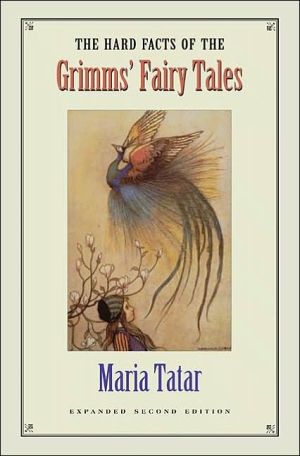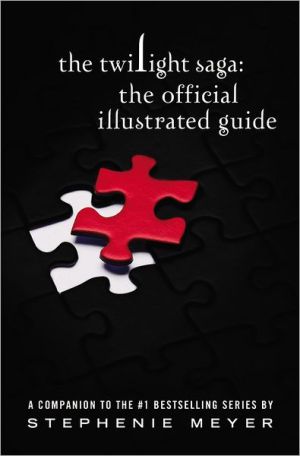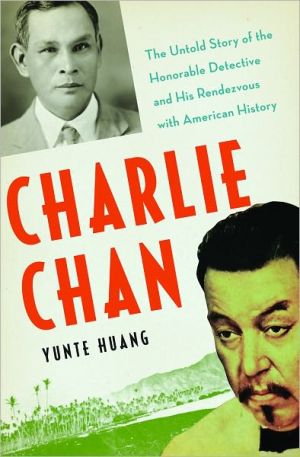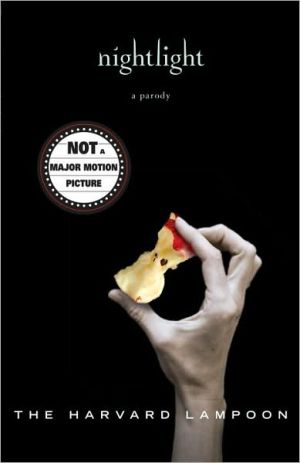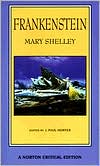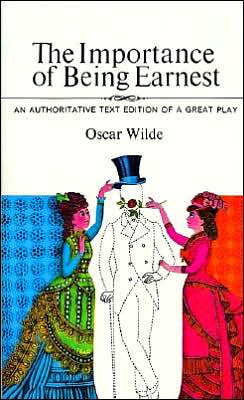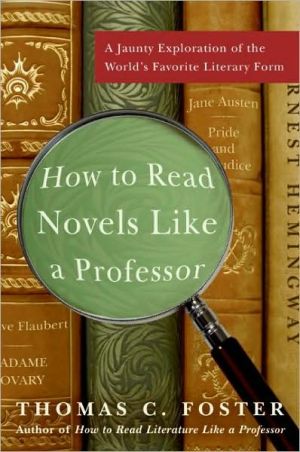The Hard Facts of the Grimms' Fairy Tales
Murder, mutilation, cannibalism, infanticide, and incest: the darker side of classic fairy tales figures as the subject matter for this intriguing study of Jacob and Wilhelm Grimm's Nursery and Household Tales. This updated and expanded second edition includes a new preface and an appendix containing new translations of six tales, along with commentary by Maria Tatar. Throughout the book, Tatar skillfully employs the tools not only of a psychoanalyst but also of a folklorist, literary critic,...
Search in google:
Murder, mutilation, cannibalism, infanticide, and incest: the darker side of classic fairy tales figures as the subject matter for this intriguing study of Jacob and Wilhelm Grimm's Nursery and Household Tales. This updated and expanded second edition includes a new preface and an appendix containing new translations of six tales, along with commentary by Maria Tatar. Throughout the book, Tatar skillfully employs the tools not only of a psychoanalyst but also of a folklorist, literary critic, and historian to examine the harsher aspects of these stories. She presents new interpretations of the powerful stories in this worldwide best-selling book. Few studies have been written in English on these tales, and none has probed their allegedly happy endings so thoroughly.Publishers WeeklyThis erudite, cogent perusal of Wilhelm and Jacob Grimm's Nursery and Household Tales is, for the most part, accessible to a lay audience. Tatar charts the evolution of the tales through manuscript form and the various editions, and offers what she maintains is the first complete English translation of the prefaces to the first and second editions. The Grimms abandoned a scholarly effort to salvage pure remnants of folk poetry, advances Tatar, and ``with each new edition, the tales veered more sharply away from the rough-hewn simplicity of their first versions to a sanitized and stylized literary form that proved attractive to both parents and children.'' She demonstrates how the Grimms purged the collection of references to sexuality and incestuous desire but intensified violence, particularly when it took the form of revenge. In opposition to child psychologist Bruno Bettelheim, Tatar warns that some cautionary tales may instill fear, rather than confidence, in children; regarding ``Bluebeard,'' she faults Bettelheim for turning a tale depicting the most brutal kind of serial murders into a story about idle female curiosity and duplicity. Tatar (Spellbound: Studies on Mesmerism and Literature) chairs the German literature department at Harvard University. Illustrated. (December)
List of IllustrationsPreface to the Expanded Second EditionPrefaceIChildren's Literature?1Sex and Violence: The Hard Core of Fairy Tales32Fact and Fantasy: The Art of Reading Fairy Tales393Victims and Seekers: The Family Romance of Fairy Tales58IIHeroes4Born Yesterday: The Spear Side855Spinning Tales: The Distaff Side106IIIVillains6From Nags to Witches: Stepmothers and Other Ogres1377Taming the Beast: Bluebeard and Other Monsters156Epilogue: Getting Even179App. ASix Fairy Tales from the Nursery and Household Tales, with Commentary195App. BSelected Tales from the First Edition of the Nursery and Household Tales243App. CPrefaces to the First and Second Editions of the Nursery and Household Tales251App. DEnglish Titles, Tale Numbers, and German Titles of Stories Cited271App. E: Bibliographical Note275Notes279General Index315Index of Tales323
\ New York Review of BooksTatar's main concern is with the enduring hold of the tales on children's imaginations. Why should they enjoy stories about other children sent out to die in a wood, or being victimized by cruel stepmothers, or given impossible tasks to perform, and (if female) forced to marry frogs or bears? . . . The Hard Facts of the Grimms' Fairy Tales—related in language that is sharp, lively, and free of jargon—is delightful evidence that Grimm scholarship can give pleasure to the general reader.\ — Janet Adam Smith\ \ \ \ \ San Francisco ChronicleTatar takes detours into literary history here and into comparative anthropology there. What results is at once intelligently eclectic and refreshingly commonsensical, a thoughtful ramble through the dark childhood woods that haunt our adult dreams.\ — Carl Maves\ \ \ Los Angeles Times Book ReviewA clear, imaginative and fascinating illumination of the stories we thought we knew.\ \ \ \ \ The Christian Science MonitorFor scholars, students, and general readers, Tatar's book is a balanced, sensitive, and informative guide to the content and context of Grimms' fairy tales.\ — Merle Rubin\ \ \ \ \ New York Review of BooksTatar's main concern is with the enduring hold of the tales on children's imaginations. Why should they enjoy stories about other children sent out to die in a wood, or being victimized by cruel stepmothers, or given impossible tasks to perform, and (if female) forced to marry frogs or bears? . . . The Hard Facts of the Grimms' Fairy Tales—related in language that is sharp, lively, and free of jargon—is delightful evidence that Grimm scholarship can give pleasure to the general reader.\ \ \ \ \ The Christian Science MonitorFor scholars, students, and general readers, Tatar's book is a balanced, sensitive, and informative guide to the content and context of Grimms' fairy tales.\ \ \ \ \ San Francisco ChronicleTatar takes detours into literary history here and into comparative anthropology there. What results is at once intelligently eclectic and refreshingly commonsensical, a thoughtful ramble through the dark childhood woods that haunt our adult dreams.\ \ \ \ \ New York Review of BooksTatar's main concern is with the enduring hold of the tales on children's imaginations. Why should they enjoy stories about other children sent out to die in a wood, or being victimized by cruel stepmothers, or given impossible tasks to perform, and (if female) forced to marry frogs or bears? . . . The Hard Facts of the Grimms' Fairy Tales—related in language that is sharp, lively, and free of jargon—is delightful evidence that Grimm scholarship can give pleasure to the general reader.\ — Janet Adam Smith\ \ \ \ \ Publishers WeeklyThis erudite, cogent perusal of Wilhelm and Jacob Grimm's Nursery and Household Tales is, for the most part, accessible to a lay audience. Tatar charts the evolution of the tales through manuscript form and the various editions, and offers what she maintains is the first complete English translation of the prefaces to the first and second editions. The Grimms abandoned a scholarly effort to salvage pure remnants of folk poetry, advances Tatar, and ``with each new edition, the tales veered more sharply away from the rough-hewn simplicity of their first versions to a sanitized and stylized literary form that proved attractive to both parents and children.'' She demonstrates how the Grimms purged the collection of references to sexuality and incestuous desire but intensified violence, particularly when it took the form of revenge. In opposition to child psychologist Bruno Bettelheim, Tatar warns that some cautionary tales may instill fear, rather than confidence, in children; regarding ``Bluebeard,'' she faults Bettelheim for turning a tale depicting the most brutal kind of serial murders into a story about idle female curiosity and duplicity. Tatar Spellbound: Studies on Mesmerism and Literature chairs the German literature department at Harvard University. Illustrated. December\ \ \ \ \ Library JournalTatar brings into focus both familiar and not-so-familiar fairy tales as she by highlighting a number of important areas: the genesis and editorial history of the tales as they evolved from folk material to children's stories; interpretive approaches; nature and structure; the humble, fearless hero and humbled, hard-working heroine; villains; and, briefly, revenge. Her observations are unburdened by Marxist, psychoanalytical, or pedagogical biases, instead resting on sound and thorough scholarship and careful reading and comparison of texts. The absence of a bibliography is lamentable but should not prevent acquisition of this exceptional study by every library with a fairy tale collection. Patricia Dooley, formerly with Drexel Univ., Philadelphia\ \
